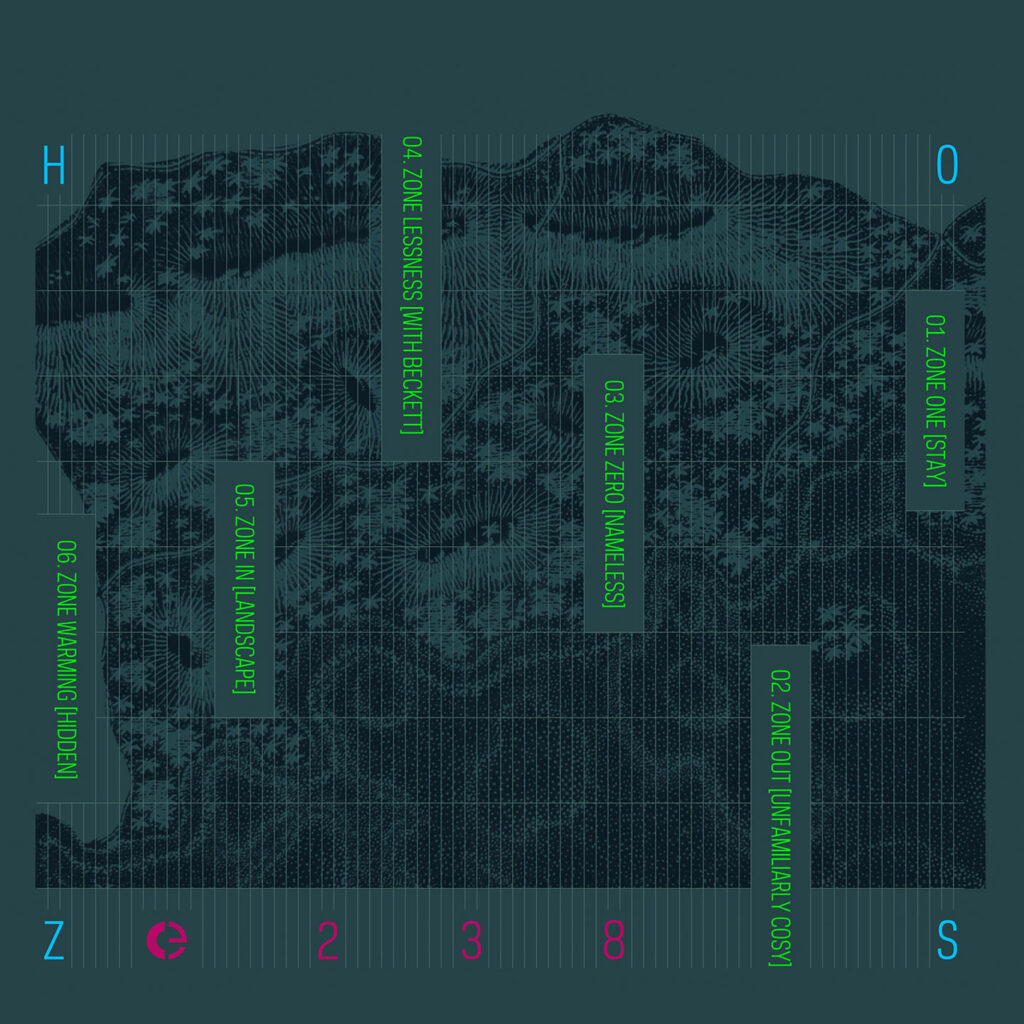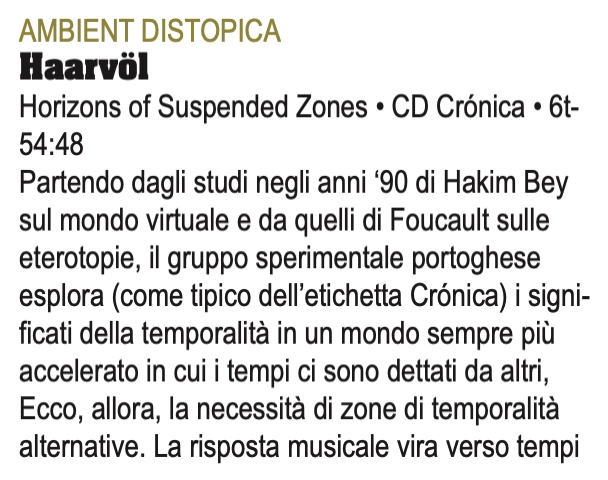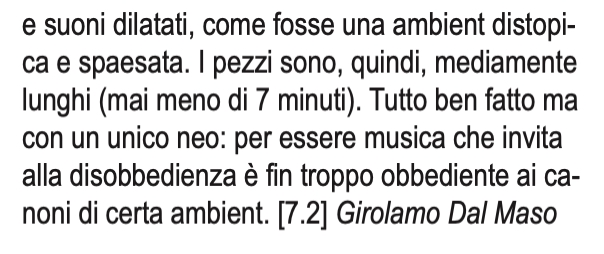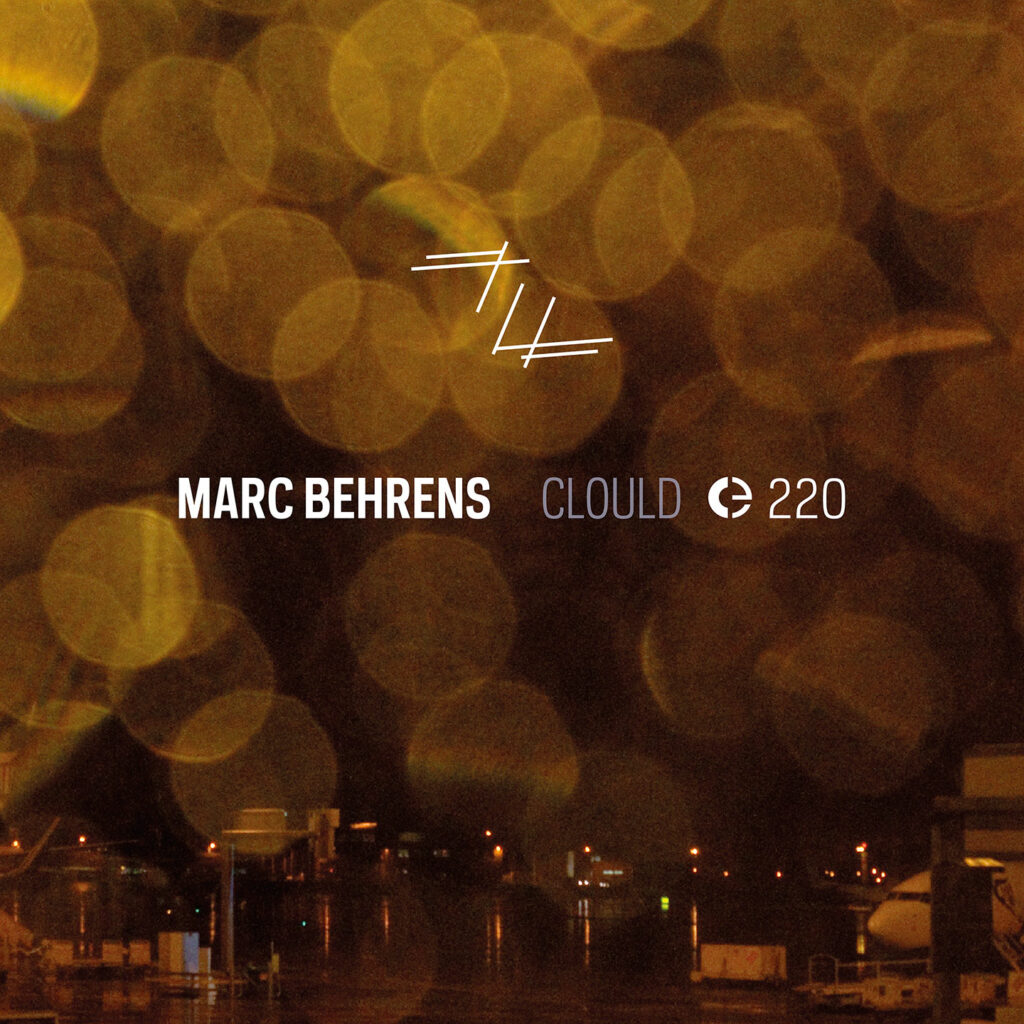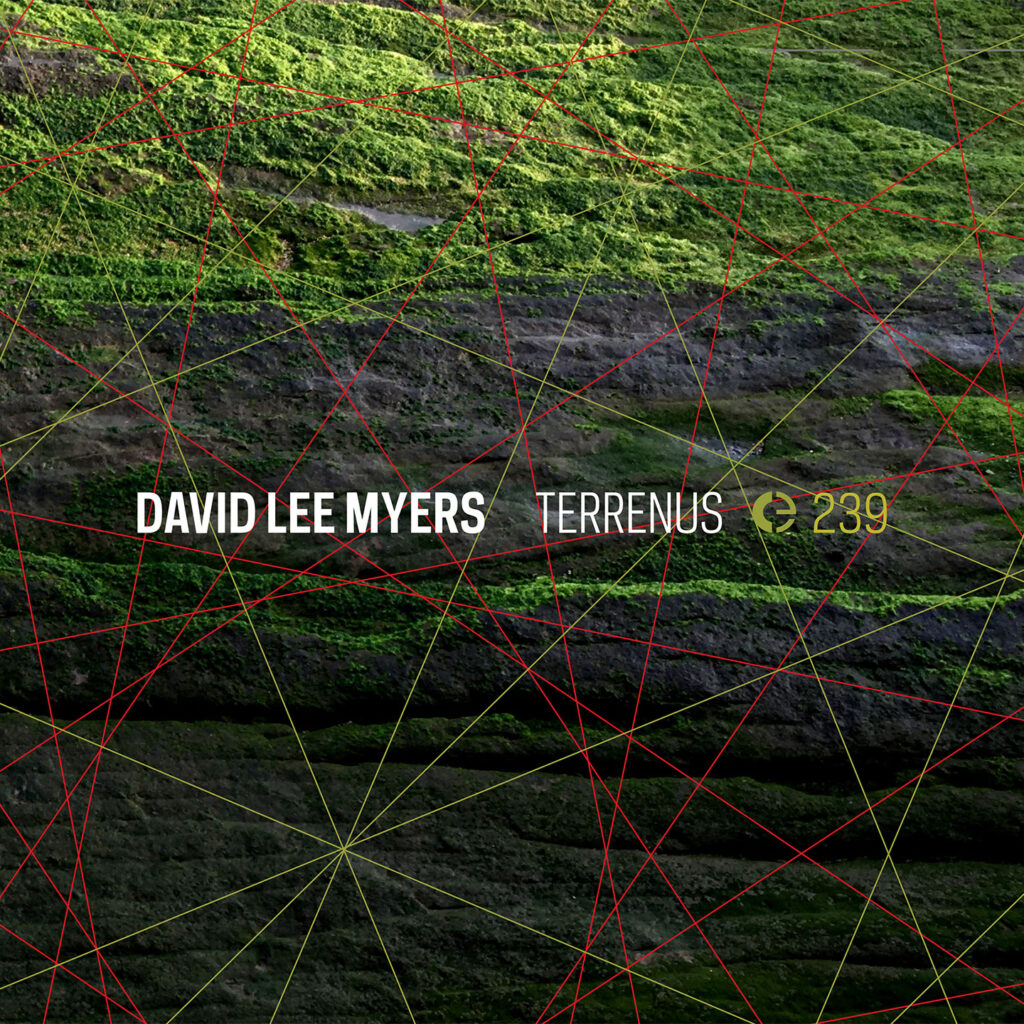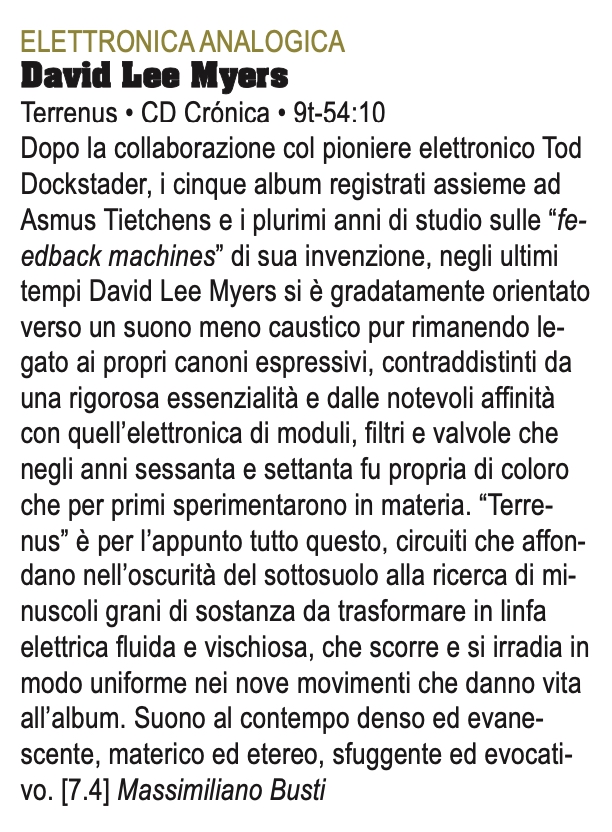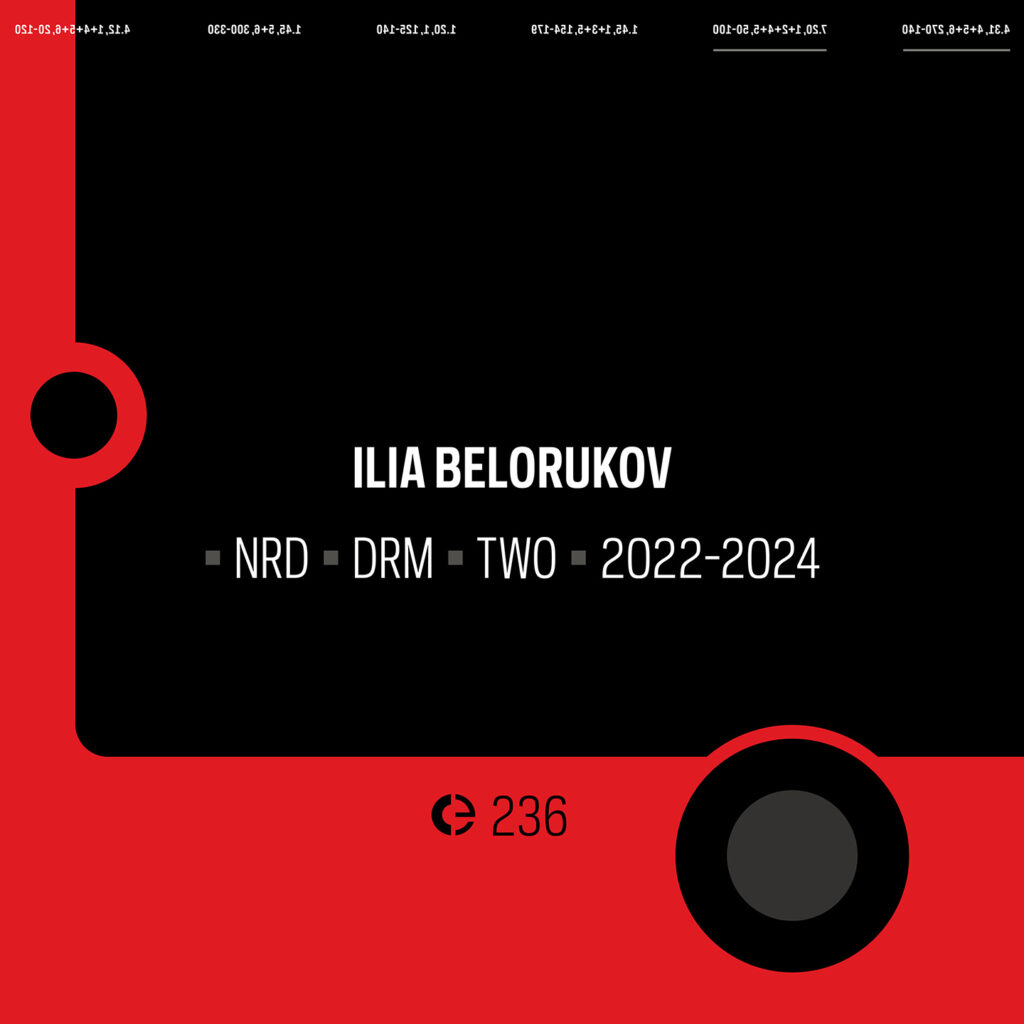
Durán Vázquez and Kloob have known each other for over 25 years, sharing a strong interest in electronic music. In early 2023 they started collaborating towards developing a long-form work, for which the short story Novel of the White Powder by Arthur Machen became a strong inspiration. Machen’s story is a precursor of what we now know as science fiction, and it drew both to reflect on the symbolic power to express sorrow and terrible feelings, which led them to develop a music of fear, almost as a soundtrack for the story.
Machen’s story is part of a longer episodic novel titled The Three Impostors, but has often been published independently as a short story. In the text, “Vinum Sabbati” is an ingredient for witchcraft that changes people, at first through their personalities but ultimately, making the inner worm, “which lies sleeping within us all”, physically tangible.
Durán Vázquez uses electronic stuff ground through digital means with no procedural or generative algorithms. Metamorphoses of timbre and texture are achieved by manually handling legacy software. In live performances, he approaches sound matter in a semi-improvisational way, using synthesizers and prerecorded material to play around with dynamic range. He has, to this date, released four albums through Crónica.
Dani Kloob has been composing electronic music for 25 years, from underground electronic dance vibes to ambient atmospheric scapes. Since 2010, he is deeply involved in ambient and he has released with the labels Relaxed Machinery, Winter-Light, as well as ZeroK and Eighth Tower records from Unexplained Sounds.
Vinum Sabbati: In the Dawn of Science Fiction is now available as a limited-release CD, stream or download.


